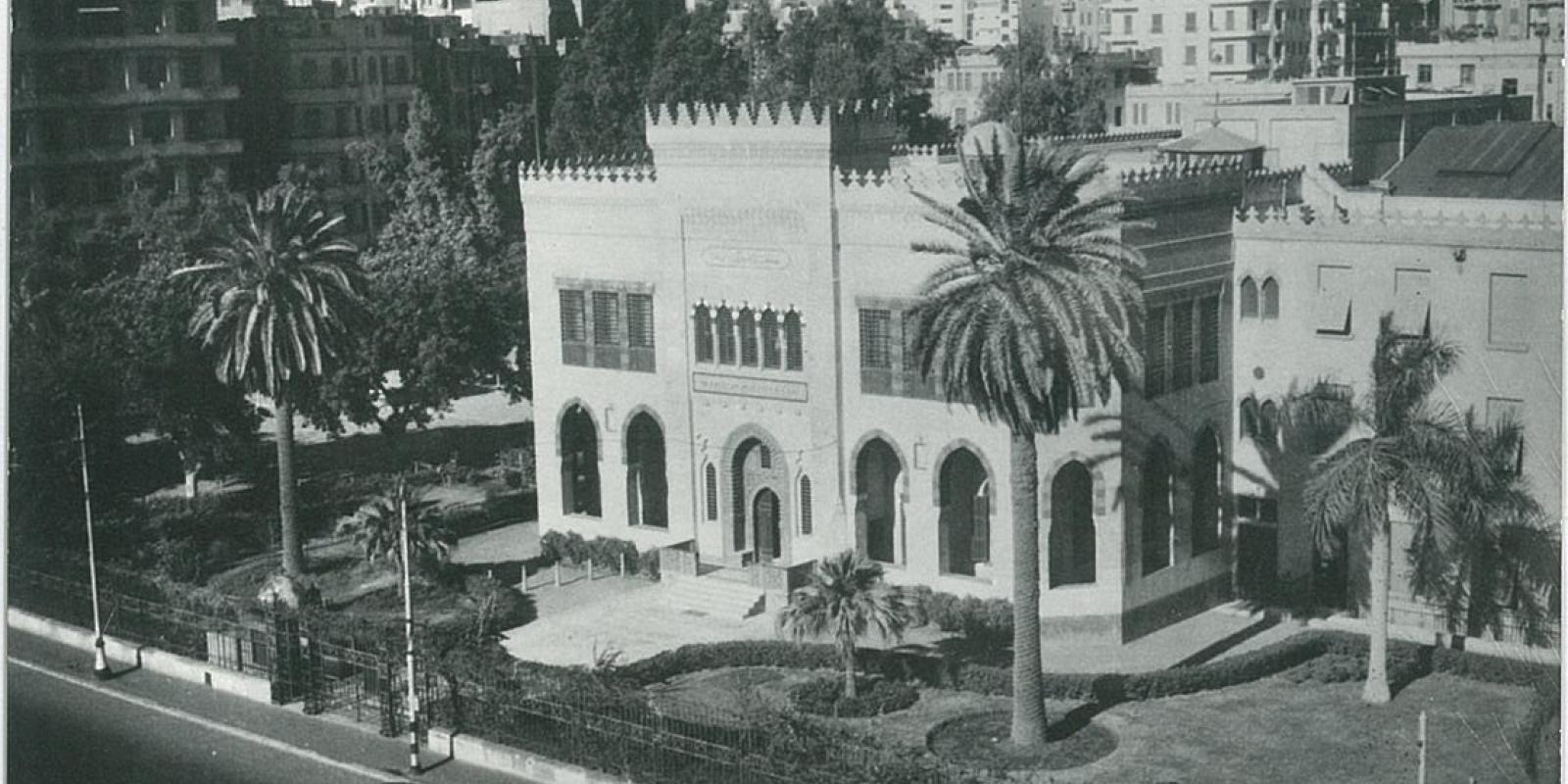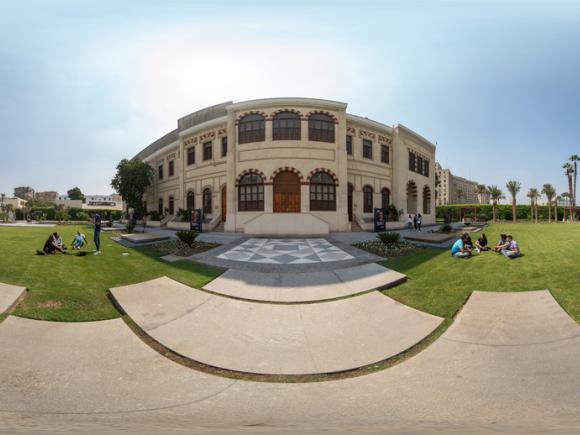
AUC New Cairo
Designed to accommodate 5,500 full-time students and 1,500 faculty and staff, AUC’s $400 million, 260-acre campus is technologically advanced and environmentally sensitive.

Located in Cairo, in the heart of the Middle East, AUC is a leading English-language, American-accredited institution of higher education and center of intellectual, social and cultural life of the Arab world.

AUC’s trustees constitute a governing board that is responsible for the overall direction of the University.

AUC’s 13th President Ahmad S. Dallal is an accomplished academic leader and renowned scholar with U.S. and regional higher education expertise.

Provost Ehab Abdel-Rahman, AUC's chief academic officer, is responsible for shaping and implementing the University’s academic vision.

AUC is making history every day. Throughout its history, AUC has balanced a strong commitment to liberal arts education with a concern for the region's needs for practical applications and professional specializations. Today, AUC emphasizes a liberal arts education, with all undergraduate students studying a common set of courses in the humanities and the natural and social sciences as part of the University's Core Curriculum.

At AUC, we take full advantage of the fact that we are located in one of the most unique and dynamic cities in the world. We take inspiration from Cairo in our academic programs, using it as a site for learning and integrating it into our curriculum. Home to ancient wonders and some of the world’s most groundbreaking innovations, Cairo is the gateway to the world for AUC students.
The American University in Cairo (AUC), the premier English-language institution in the Middle East, holds prestigious accreditation in both Egypt and the United States, reflecting its commitment to excellence in teaching and research.
AUC tackles sustainability from every angle; decreasing the University's carbon footprint, promoting environmental research and education, and implementing recycling programs and raising public awareness.

Designed to accommodate 5,500 full-time students and 1,500 faculty and staff, AUC’s $400 million, 260-acre campus is technologically advanced and environmentally sensitive.

The historic AUC Tahrir Square campus is a landmark and cultural oasis in the heart of Cairo. A gathering place for lovers of literature, theatre and all forms of arts and culture.

The University's administrative office in New York manages its outreach to U.S.-based constituents.